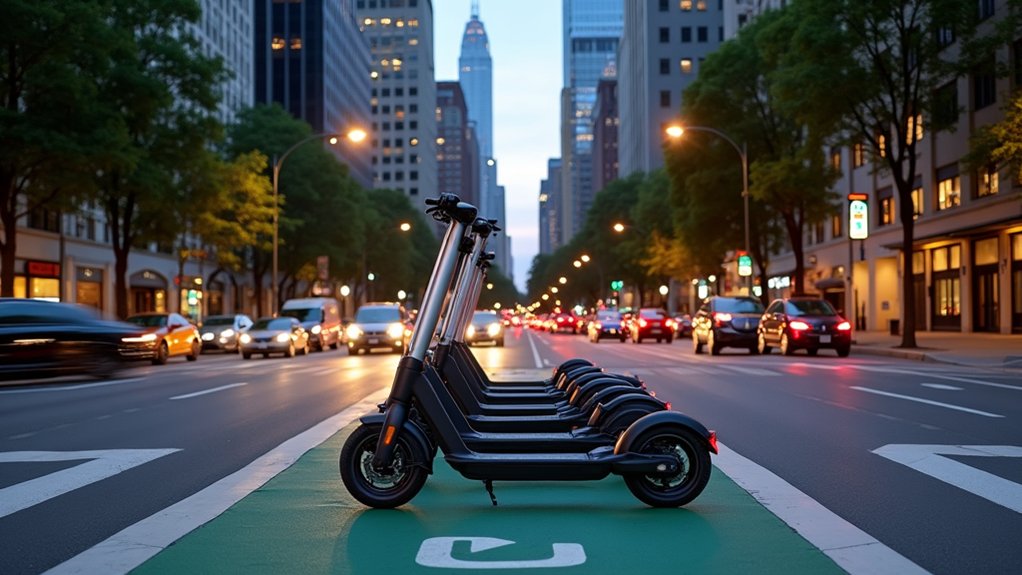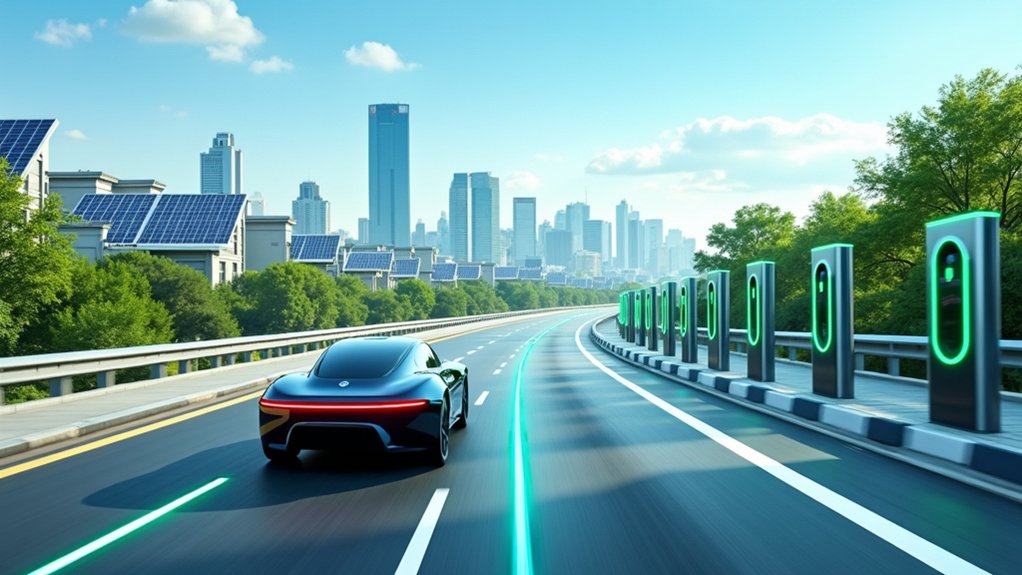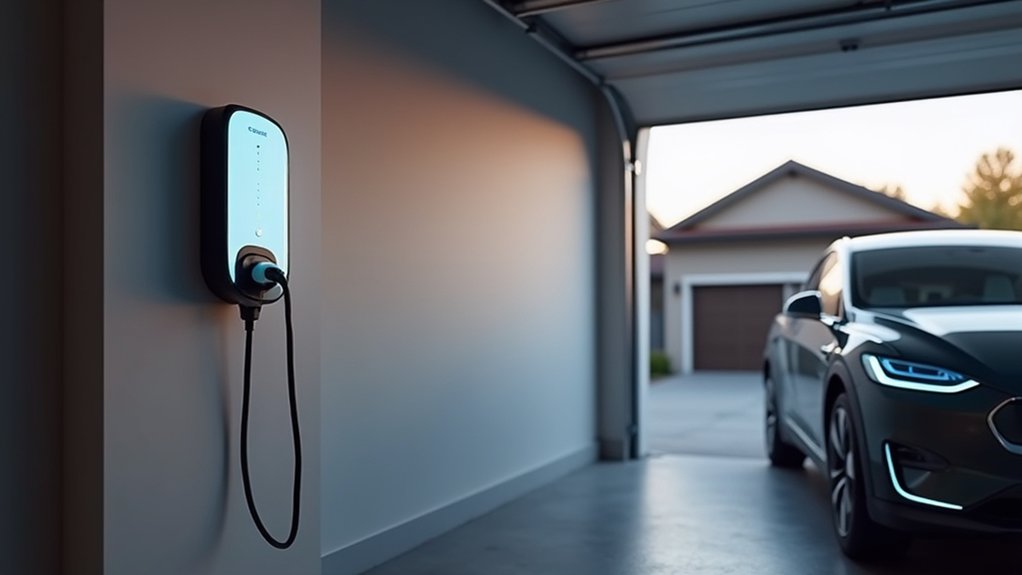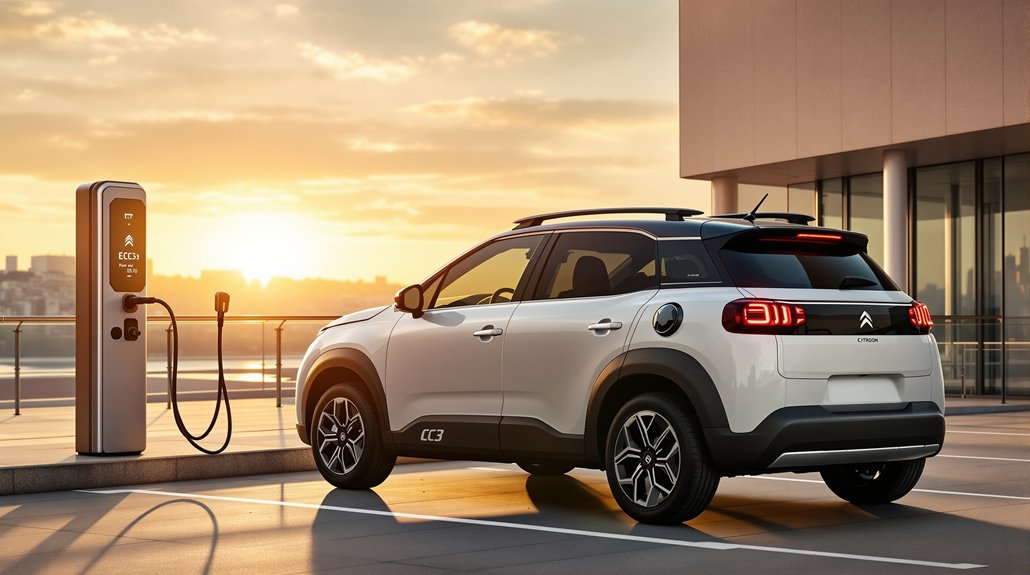Electric scooters have revolutionized urban mobility, with global users projected to reach 107.4 million by 2029. These micro-mobility solutions effectively address first- and last-mile connectivity challenges while offering a cost-effective alternative to traditional transportation. Despite safety concerns and environmental impacts from manufacturing, e-scooters demonstrate remarkable market resilience and growing adoption rates. Cities are actively developing dedicated infrastructure and regulatory frameworks to support this emerging transportation mode, suggesting a transformative shift in urban mobility paradigms.

As cities worldwide grapple with mounting traffic congestion and environmental concerns, electric scooters have emerged as a transformative force in urban mobility. The rapid growth in this sector is evidenced by projections indicating global e-scooter users will reach 107.4 million by 2029, with shared micro-mobility trips in the U.S. already hitting 136 million in 2019.
The integration of e-scooters into urban transportation networks offers compelling advantages for both cities and commuters. These vehicles excel at addressing first- and last-mile connectivity challenges, typically serving trips between 1 and 1.5 miles. Their cost-effectiveness compared to car ownership and traditional public transit has accelerated adoption in major metropolitan areas like Madrid and Philadelphia. Users consistently report high satisfaction rates due to the stimulating and entertaining experience of riding. The demographic trend shows that young riders are particularly drawn to this mode of transportation.
However, the environmental impact of e-scooters presents a complex picture. While they contribute to decarbonizing urban transportation by reducing vehicle emissions, lifecycle assessments reveal that some models generate higher CO2 emissions than traditional bicycles. Similar to electric vehicles, e-scooters represent a step toward sustainable transportation alternatives. The manufacturing process and battery disposal remain significant sustainability challenges that the industry must address.
The economic landscape for e-scooters has shown resilience despite pandemic-related setbacks. Although lockdowns temporarily slowed market expansion, they paradoxically introduced new users, particularly in health sectors. The affordability and operational efficiency of e-scooters continue to drive investment in the micro-mobility sector, supported by infrastructure developments like dedicated lanes.
Critics raise valid concerns about safety and displacement of active transportation modes. The increase in accidents has prompted regulatory responses in numerous cities, while studies indicate that e-scooters often replace walking or cycling rather than car trips, potentially limiting their impact on congestion reduction.
Nevertheless, their role in reducing traffic stress and supporting smart city initiatives remains significant. The future of e-scooters in urban mobility depends largely on addressing infrastructure challenges, particularly regarding parking facilities and dedicated lanes.
As cities invest in supporting infrastructure and integrate e-scooters with existing public transit systems, these vehicles are positioned to play an increasingly important role in sustainable urban transportation networks.
Frequently Asked Questions
How Long Does an Electric Scooter Battery Typically Last Before Needing Replacement?
Electric scooter batteries typically last 2-5 years before requiring replacement, with premium lithium-ion units delivering up to 1,000 charge cycles.
Battery longevity depends heavily on usage patterns, maintenance practices, and environmental conditions. Most batteries maintain peak performance for 300-500 charge cycles, delivering 3,000-10,000 miles of range before capacity drops below 80%.
Regular charging and proper storage temperatures greatly impact overall lifespan.
Can Electric Scooters Be Safely Ridden in Rainy Weather Conditions?
While electric scooters can be ridden in rain, it’s not recommended due to significant safety risks.
Most scooters have limited water resistance (typically IPX4-IPX5), and wet conditions severely compromise traction and visibility.
Critical concerns include reduced braking efficiency, potential electronic damage, and increased accident risk on slippery surfaces.
If riding is unavoidable, operators should reduce speed by 50%, avoid sudden movements, and guarantee their scooter has adequate water protection ratings.
What Happens if My Electric Scooter Breaks Down Far From Home?
When an electric scooter breaks down far from home, riders should first assess the cause – often battery depletion or mechanical issues.
Basic troubleshooting steps include checking connections and attempting system resets. If repairs aren’t possible, contacting nearby repair services through mobile apps is recommended.
Having a backup plan is essential; riders should keep emergency contact numbers, a basic toolkit, and ride-sharing apps readily available for transportation alternatives.
Are There Age Restrictions for Riding Electric Scooters in Cities?
Age restrictions for electric scooters typically range from 16-18 years in most U.S. cities, with rental services consistently requiring users to be 18+.
State regulations vary considerably, as Maryland and Virginia permit riders as young as 14, while other jurisdictions defer to local authorities.
Helmet requirements commonly apply to riders under 18, though some municipalities mandate protective gear for all ages regardless of experience level.
How Do Electric Scooters Perform on Steep Hills and Uneven Terrain?
Electric scooters’ performance on steep terrain varies considerably based on motor wattage and design features.
Most models handle 10-20% inclines adequately, while dual-motor setups deliver superior climbing ability.
Uneven surfaces demand quality suspension systems and pneumatic tires for stability.
Battery drain intensifies on hills, reducing range by 30-40%.
Regular maintenance of tires, brakes, and power systems guarantees peak performance across challenging terrains.









